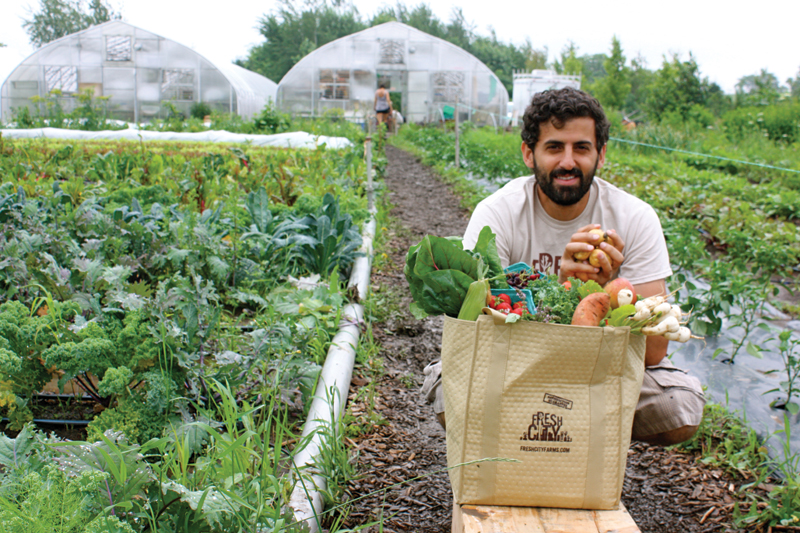The Food and Agriculture Organization (FAO) of the United Nations has released a set of twenty inter-connected actions designed to show the impact sustainable agriculture can have on achieving the global Sustainable Development Goals (SDGs).
Transforming food and agriculture to achieve the SDGs, offers a guide for countries on how to strengthen food security, generate decent employment, spur rural development and economic growth, conserve natural resources, and respond to climate. Water features heavily throughout, being a key issue in a number of the guidance provisions to achieve SDGs as they relate to agriculture.
“For the first time, FAO has put together a set of interconnected tools that can help fix our broken food systems and show that from the roots of sustainable food and agriculture come the fruits of transformation,” said Maria Helena Semedo, FAO deputy director-general, natural resources, at an event during FAO’s annual governing Council meeting.
FAO acts as custodian of almost ten per cent of the 232 components of the SDG indicator framework endorsed in 2017 by the UN General Assembly, which range from food security to sustainable production, and from clean water to life below water and life on land.
The guide, which details how the sustainable development goals are interlinked, is aimed at investors, researchers, technical practitioners, and the decision makers responsible for integrating the goals and targets of the 2030 Agenda. It underscores how the overall vision is one “in which food and agriculture, people’s livelihoods, and the management of natural resources are addressed not separately but as one.”
Under SDG 6, which targets the protection and management of water, the document provides essential knowledge frameworks to understand how to effectively protect and manage water. “Establishing transparent and effective governance mechanisms is essential to allocate water among competing sectors such as agriculture, industry and urban,” states the document. “Cross-sectoral water cooperation at all levels through an inclusive process engaging all stakeholders should be part of a country’s sustainable water management programme.”
To assist practitioners and other stakeholders in achieving these goals, the document provides links to a toolkit of FAO resources that guide the development of sound water security practices, including managing scarcity, water accounting and auditing, interventions for improving the livelihoods of the rural poor around water, and more.
Unlocking the potential of the private sector is fundamental to progress, the guide says. The ongoing quiet revolution of the fish value chain in Bangladesh offers an example of the path to follow. Public policy and infrastructure catalyzed capital investments by hundreds of thousands of small actors that led to the tripling of the country’s aquaculture sector, with diversification beyond traditional carp fish, higher yields and lower prices, which contribute to food security.
Visit the FAO’s website for further details.










To solve the problem of effective protection of water resources and the environment, I think we need to use satellite imagery for analysis. In the example of agriculture, this would reduce CO2 emissions by optimizing operations, reduce water consumption, which would benefit water conservation, which, in turn, could prevent or rather mitigate the food crisis that the UN is talking about. There are already companies that are thinking about the future and solving these problems with modern solutions, for example EOSDA https://eos.com/